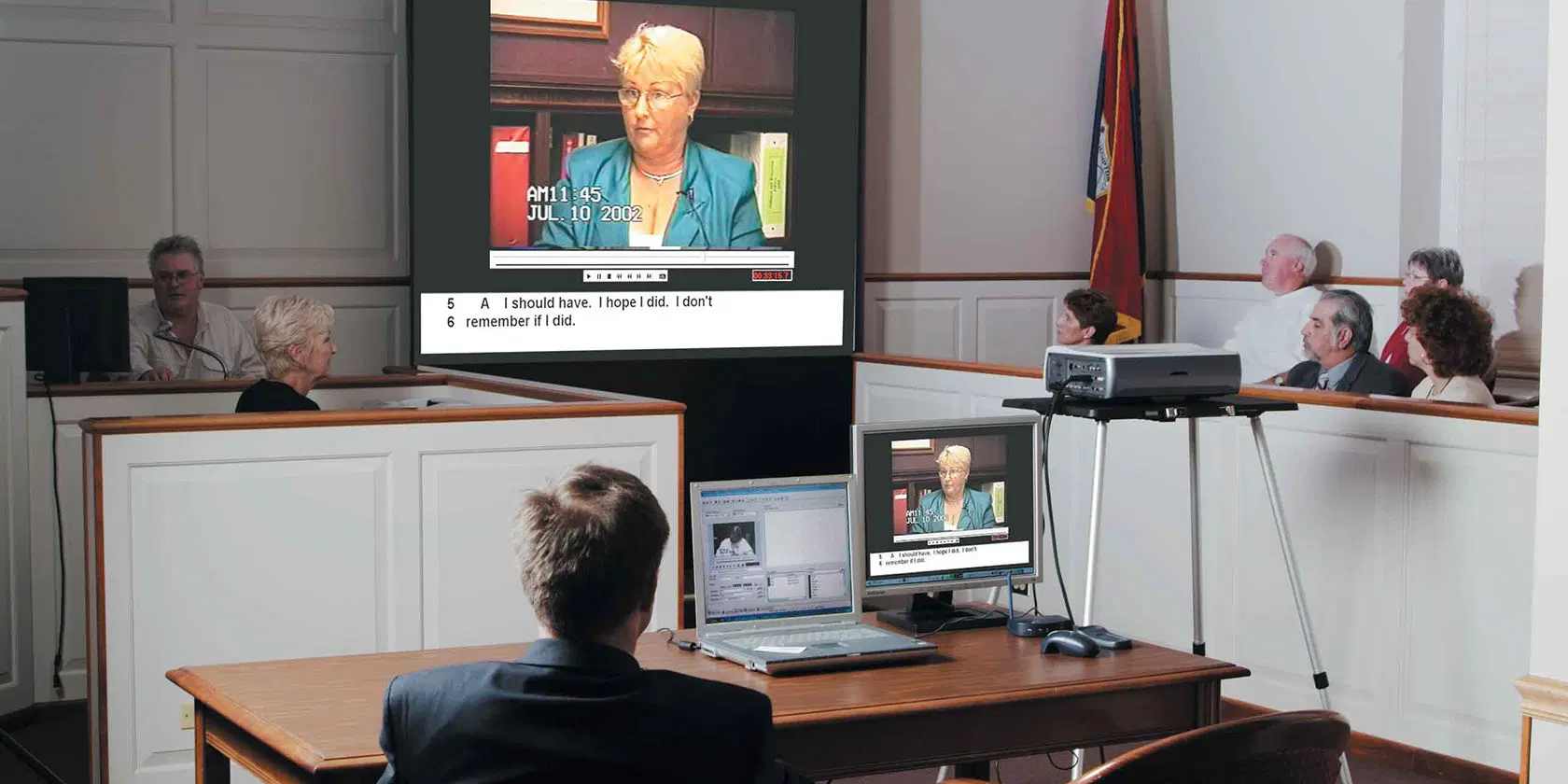Engaging trial presentations combine visuals, data, and strong arguments.
Engaging trial presentations combine visuals, data, and strong arguments.
Blog Article
Exactly How Test Presentations Enhance Your Debate and Encourage Jurors
Trial presentations offer as a critical mechanism for boosting legal arguments and convincing jurors. The tactical use of visuals not only clarifies intricate details yet likewise catches jurors' focus much more successfully than words alone.

Importance of Visual Aids
Aesthetic aids play a crucial function in enhancing the performance of trial discussions, as they can significantly increase audience engagement and retention of info. In the context of a test, where jurors are charged with handling facility info, aesthetic aids serve to streamline and make clear bottom lines. Charts, graphs, and photos can share data and concepts that may otherwise bewilder or confuse jurors, permitting an extra simple understanding of the proof offered.
Furthermore, aesthetic aids aid in preserving juror interest throughout the proceedings. By breaking the monotony of verbal testimony, these devices can stress essential disagreements, making them a lot more remarkable. Effective aesthetic help can also stimulate psychological responses, which can be critical in encouraging jurors to line up with the presenter's narrative.

Crafting Compelling Stories
A compelling narrative is necessary in trial presentations, as it functions as the backbone of reliable persuasion. It enables attorneys to weave with each other truths, evidence, and psychological aspects into a coherent story that resonates with jurors. This narrative structure makes it possible for jurors to comprehend the complexities of the case while leading them with the attorney's disagreement.
To craft an engaging story, attorneys must concentrate on clearness and coherence. Furthermore, the usage of vibrant summaries can produce psychological pictures that assist jurors envision the events, making the narrative extra remarkable.
Additionally, incorporating crucial styles throughout the presentation reinforces the core message and aids in retention - trial presentations. The story needs to not just convey details but additionally stimulate a feeling of justice, highlighting the risks involved. Eventually, a sound narrative promotes a link in between the jurors and the case, placing the lawyer's argument as both trustworthy and engaging, consequently raising the possibility of a beneficial verdict

Involving the Court Psychologically
Effective jury involvement pivots on the lawyer's capacity to attach with jurors on a psychological level. This connection can substantially affect jurors' understandings and their utmost decision-making. Making use of emotional appeals allows lawyers to humanize the situation, transforming abstract lawful principles right into relatable experiences. By providing real-life tales or testimonials, lawyers can evoke empathy and compassion, cultivating a much deeper understanding of the concerns at stake.
Aesthetic help, such as pictures or video clips, can further boost psychological interaction, offering jurors with vibrant depictions of the instance's human components. Crafting a story that highlights the struggles and accomplishments of the people entailed ensures that jurors see past the legal arguments and acknowledge the human repercussions of their choices.
An attorney's enthusiastic shipment can resonate with jurors, visite site reinforcing their emotional financial investment in the instance. It's crucial to balance our website psychological allures with factual evidence, making sure that jurors feel obliged to act while remaining based in the truth.
Structuring Your Presentation

The body of the discussion need to be rationally segmented into bottom lines, each sustained by engaging evidence. It is beneficial to use narration methods to weave facts right into a narrative that jurors can quickly adhere to. Aesthetic help, such as charts and videos, can enhance understanding and interaction, assisting to highlight vital pieces of evidence.
Real-World Instance Studies
Analyzing real-world study supplies invaluable insights into the art of test discussions and persuasion. For circumstances, the site situation of "O.J. Simpson v. The Individuals of California" shows just how aesthetic aids and compelling narratives can persuade court understandings. The defense group efficiently used an approach that incorporated top-level professional testimonies with multimedia discussions, which astounded jurors and ultimately affected their decision.
An additional remarkable example is the "McDonald's Coffee Case," Recommended Reading where the complainant's attorneys utilized graphic pictures of the injuries sustained by Stella Liebeck. trial presentations. This plain visual evidence played a critical duty in sharing the extent of her burns, resulting in a considerable jury honor. Such instances demonstrate that impactful trial presentations frequently depend upon the reliable integration of visuals and storytelling to stimulate emotional responses from jurors
In addition, the "Casey Anthony Trial" highlighted the importance of narrative comprehensibility and reputation. The prosecution's failing to establish a compelling timeline diminished their convincing power, emphasizing the need of a well-structured presentation. Analyzing these instances exposes that effective trial discussions call for critical planning, emotional engagement, and the capacity to resonate with jurors' values and beliefs.
Final Thought
Test discussions dramatically boost arguments and persuade jurors via the strategic usage of visual aids, engaging narratives, and emotional interaction. A well-structured presentation balances psychological appeals with factual proof, eventually resonating with jurors' worths.
Report this page